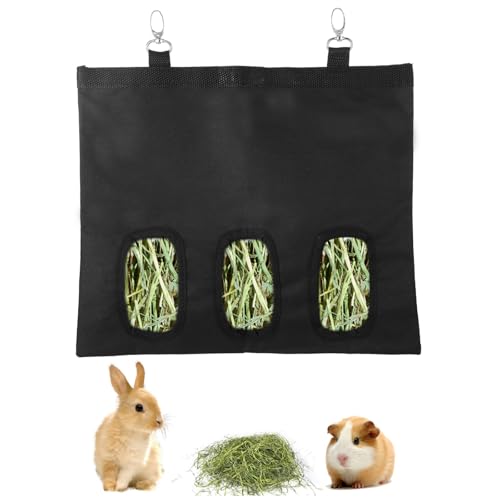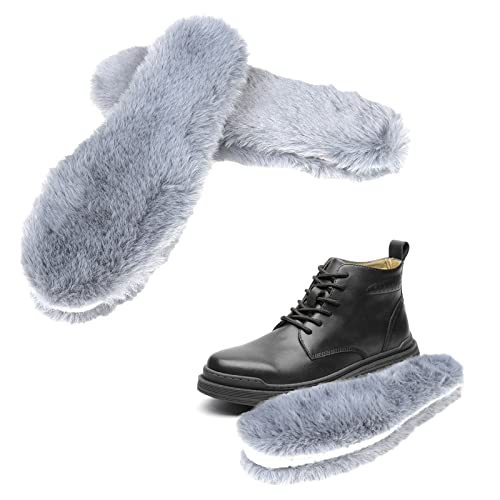Here is what I have learned about charlies (if it is incorrect, I'd love to know, so share away anyone!). This does not include the Japanese/harlequin gene for simplicity.
A broken is Enen (broken gene [En] + solid gene [en]). It can produce brokens (Enen) and solids (enen), plus charlies (EnEn) when bred to another broken.
A charlie is EnEn (broken gene [En] + broken gene [En]). Basically a charlie is doubled up on the broken gene, since he got one from each parent. Because of that, it can only give a broken gene to it's offspring. It is incapable of producing any solids, since it does not have the solid gene (en).
If you breed a rabbit that looks like a charlie to a solid or a broken and you get any solid kits, you know that the rabbit is actually a 'false charlie'. This is because a false charlie is actually a broken (Enen), who just ended up with too little color on its body.
If you breed a solid (enen) with a broken (Enen), you cannot get charlies (EnEn), since only one parent in that pairing can give a broken gene.
If you breed a broken (Enen) with a broken (Enen), you can get a broken gene from each parent, thus making it possible to get charlies (EnEn).
If you breed a charlie (EnEn) with a solid (enen) you will get all brokens (Enen) in the litter, since the charlie can only give the broken gene to its offspring. This is supposed to be useful in a herd if you are needing to increase the number of brokens produced.
If you know what pattern your rabbit came from, you can have an idea or know for certain if your rabbit is a broken, false charlie, or charlie. If you breed a broken (Enen) to a solid (enen), you know that none of the offspring is a charlie (EnEn). (The only exception to that being if your broken rabbit in that pairing was actually a charlie.) But, if you breed a broken to a broken, you cannot know if any of the offspring is a charlie (EnEn) or a broken/false charlie (Enen) until you test breed them to see what they produce.
P.S. I would love to know if anyone is aware of evidence about charlies having gastric issues. Articles, papers, personal experience, etc.
This website has some pictures and charts:
https://www.minkhollow.ca/rabbits/doku.php?id=coat_colors_misc
















![FHQHTH Faux Rabbit Fur Purse Fuzzy Handbags for Women Evening Handbags Al alloy Shoulder Strap [Rabbit Red]](https://m.media-amazon.com/images/I/41l5Hd2qrhL._SL500_.jpg)


























